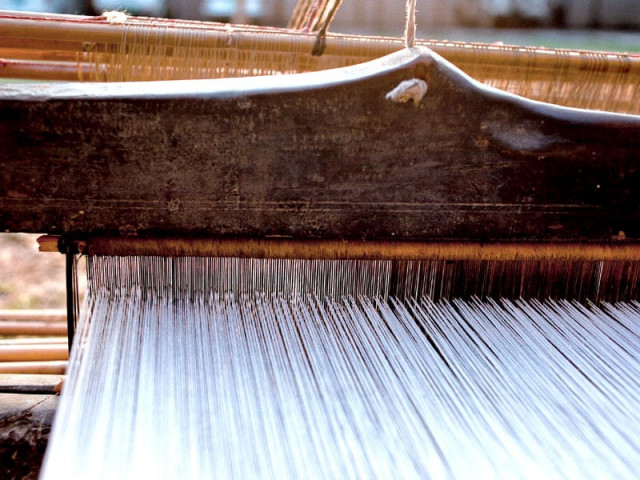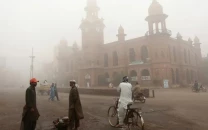Supporting arts and crafts: Artisans falling victims to poor infrastructure, lack of opportunities
Participants at consultation session say profitability via urban sales key to helping artisans stay self-sustaining.

Pakistan’s rural artisans face a plethora of problems including poor infrastructure, lack of access to mainstream markets and exploitation by middlemen.
“The artisans are finding it extremely difficult to make ends meet and some of them have even started to [abandon] their crafts,” said Siddiqa Malik, chairperson of the Indus Heritage Trust (IHT).
“We want to come up with a sustainable programme for them, which would help them not just in the short run but for [life].”
Malik was talking to The Express Tribune at the “Regional Creative Industries Stakeholder Consultation”, organised by the IHT and the World Bank here on Monday.
The consultation brought together Pakistan’s artisans and regional experts from South Asian countries to discuss and find ways to remedy the problems faced by the artisans.
The artisans were represented by craft organisations, NGOs, microfinance organisations, bilateral and multilateral donors, designers and craftspeople.
Malik said the regional consultation was a step towards a project the IHT intends to start soon, provided it gets funding. The project would identify crafts and map artisans across Pakistan, who would then be provided with materials, funding, training, education and access to markets, she said.
The objective is to bring artisans into the mainstream market and help promote and preserve traditional arts and crafts through a successful ‘creative industry’ in the country, she said.
Cabinet Secretary Nargis Sethi, the chief guest, said the government is willing to take steps to help arts and crafts in the country and she would love to hear from experts on how the government should approach this issue.
“Artisans and craftspeople need to be recognised and appreciated and we need to do much more to help them,” Sethi said.
During the sessions, experts discussed how best regional practices can be adopted to remedy these constraints.
Members of India’s Jiyo! Project talked about contemporising the traditional arts and crafts to create relevance for them in urban markets. The project tries to connect rural artists with urban designs and concepts in India. In one example, in a village where the traditional art of shadow puppetry was dying, the project members taught the village’s craftspeople to design lighting and make lamps and shades that incorporated their traditional art. These new products sold for higher prices in urban markets and helped keep the artists afloat.
Rajeev Sethi, the man behind the Jiyo! Project, talked about how intangible cultural ideas and tangible products are interconnected.
“We tend to distinguish the intangible from the tangible, but behind everything we wear, eat or use, there’s a process of ideas, meaning and activation that we cannot touch,” Sethi told The Express Tribune. “These two cannot be separated, and perhaps this union of heart and mind, the material and the spiritual can help culture industries prosper.”
Artisans from different regions of Pakistan also showcased traditional arts and crafts at the consultation.
Traditional scarves and bangles prepared by women from the Federally Administered Tribal Areas (FATA) were also on display. Frontier Organisation for Reform and Transformation Director Hidayat Wazir, who had brought the items, said exposure, appreciation and sale of FATA arts and crafts can help boost the livelihood of male and female artisans in the tribal belt.
Published in The Express Tribune, October 23rd, 2012.



















COMMENTS
Comments are moderated and generally will be posted if they are on-topic and not abusive.
For more information, please see our Comments FAQ